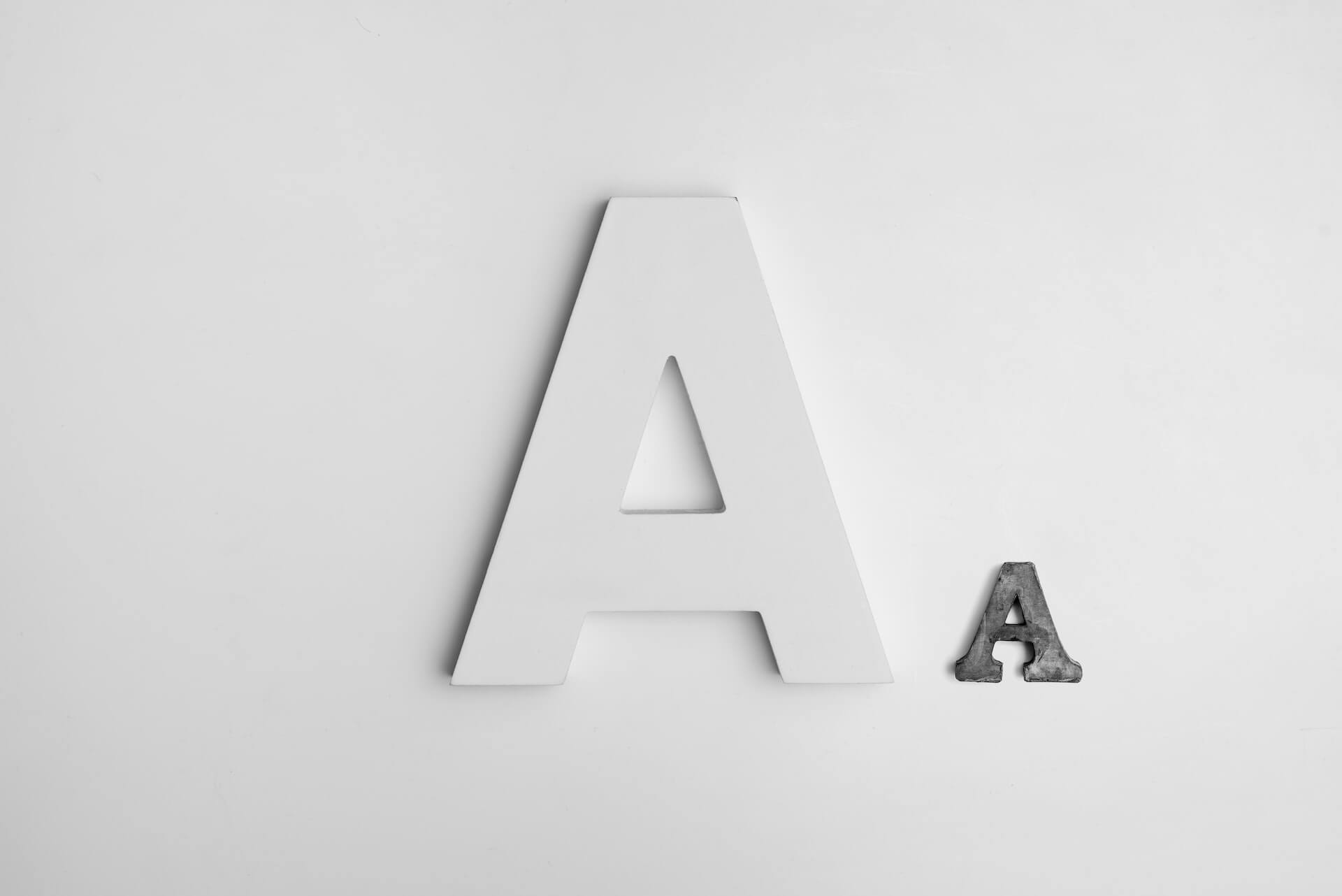In 1931, Norman Maier asked participants in his University of Michigan lab to solve a puzzle that stumped most people. When they were out of ideas, Maier would ‘accidentally’ brush a rope (part of the solution), setting it swinging. This nudged participants towards the right answer, but no one credited his move for the insight, later concluding that the answer just came to them.
The First ‘A’: Attribution Error

When we think about what prompts our behavior, we’re quick to assume it’s our personality or preferences. If you see someone trip, you first think they’re clumsy — you attribute behavior to internal rather than external factors (you fail to consider other reasons they might’ve tripped, such as the ground being uneven or their new shoes).
This disconnect is often even more pronounced when considering others. When things go wrong for you (like you’re running late to a meeting) you cut yourself some slack, noting the traffic and errand you had to run beforehand. But when you’re the one waiting, it’s easy to chalk it up to rudeness and lack of planning.
Why This Matters for PMs, Designers, and Researchers Should Care
Ever been annoyed at a housemate or spouse for failing to put away dishes, match tupperware, or recycle? You might think they don’t care about you, don’t care about the environment, or that they’re lazy. But this is rarely the main factor motivating their actions. In reality, the specifics of their day (they were on a call, or were already late for something) were probably more salient.
The same is true of your users. As a researcher, designer, or PM, the attribution error means you will likely underestimate how important the situation is when assessing your customer’s behavior.
When you make an internal attribution, you often try to persuade someone to be better next time — in the case of the housemate who left dishes on the countertop, ‘Can you please try to be more clean?’ In the case of your customer, you may attribute their lack of interest to not liking your product features.
But if you recognize external factors, you design the system itself to be easier to operate within. For your housemates, you could buy a bigger recycling can or put it in a more prominent location. For your customers, you could consider building new integrations that remove the friction of signing up.
Attributing behavior to situations vs. personality results in very different solutions. As a designer and researcher, the attribution error is is a key bias to be aware of.
How Do You Design with the Attribution Error in Mind?
First, don’t assume that people’s personality and preferences are fully dictating their actions. They may want to do something, but other factors get in their way.
For example, if your company helps people get jobs (think Indeed or LinkedIn), you may assume candidates are not converting because they aren’t ready to find a job or they feel your jobs aren’t right for them. These are internal factors. This would lead you to develop better marketing emails or better matching algorithms to try to persuade them.
Taking a ‘situation’ lens would lead you to different conclusions. You’d see that cover letters and resumes take a lot of work, require customization and feel high stakes. People want to apply, but may have to do this heavy lifting on their nights and weekends. This would lead you to develop features that streamline applications (LinkedIn’s ‘Easy Apply’ button). It may lead you to batch jobs that are similar, so people can customize one cover letter and apply to all similar jobs at the same time.
As a researcher, PM or designer, we should be careful to avoid attribution errors—they might lead us astray when designing new features.
The Second ‘A’: Affective Forecasting Errors

The job of a designer or researcher is to design for human behavior. To do this well, you need to predict what people will do. The problem? Our users (humans) often don’t know what they will do. We usually think we’ll behave and feel differently than we actually do. These faulty predictions are known as affective forecasting errors.
When we think about the future, we have a hard time shaking off the present. For example, right after a break-up, we’re sure we’ll be miserable forever; we forget that we’ll meet new people, travel, find new hobbies and make new friends. We fail to consider how our changing situation in the future will affect us, and instead have tunnel vision in terms of how we feel right now.
Projecting ourselves into the future can also lead to ambitious—but unlikely!—commitments. For example, you might want to cook healthy dinners more often, and feel great while flipping through cooking blogs on the weekend. But in the future, when it’s the end of the workday, you’ll be short on time, worn-out, and calling for takeout. While in hindsight it may be obvious, it was hard for you to predict that you’d cave beforehand when you felt so motivated and certain.
Why This Matters for PMs, Designers, and Researchers Should Care
If you rely on surveys or focus groups to inform your design, you’re vulnerable to making affective forecasting errors. When you conduct interviews with users, for example, people must predict how they would act (how they’d feel, their own preferences) and how the situation would influence them. This, as discussed, is almost impossible.
Instead, you can switch your energy and attention to look at how your users are actually behaving right now (not how they say they would behave). Then, you can conduct smart experiments to see if you can change their behavior.
One of the best examples of this trial-based approach comes from the retail sector. It’s common for big box stores like Best Buy to build ‘test stores’ that pilot new concepts and learn how customers actually behave. Best Buy CEO Corie Barry commented on redesigning 4 stores in the Twin Cities, ‘we aimed to test our hypothesis of stores as more primary fulfillment hubs.’ It seems to have worked. Within 4 months, they expanded this model to 300+ stores. Software companies do this too. Take Google Labs, which allows real users to try brand new features across search, GenAI, and more before they hit the mainstream apps.
Wrapping Up
And of course, you can also put energy into understanding already known psychological principles to make smart changes (and then measure their impact). Concepts like the attribution error and affective forecasting form the core of behavioral design—and they’re the basis of behavioral economics.
Want to learn more? Check out the Q&A from this great episode of Choiceology with Katy Milkman and University of Michigan Professor, Richard Nisbett, on recent studies surrounding the fundamental attribution error and its practical applications.
Article originally published on ProductCollective.com.
Need help applying behavioral science to improve your product? Get in touch to learn more about our consulting services. Or learn more behavioral science by joining one of our bootcamps.
